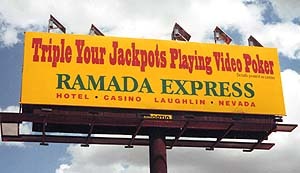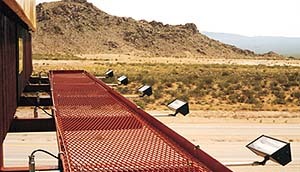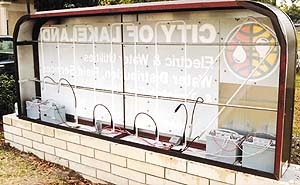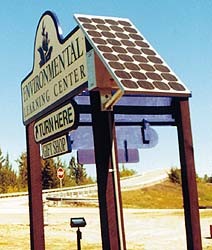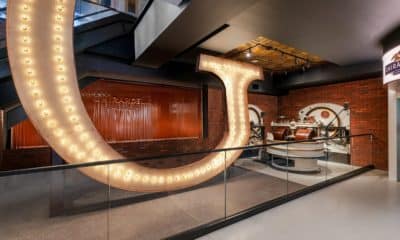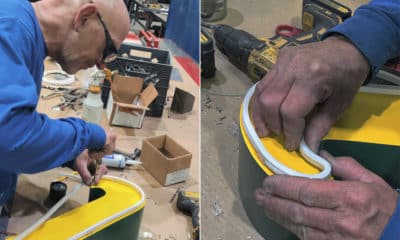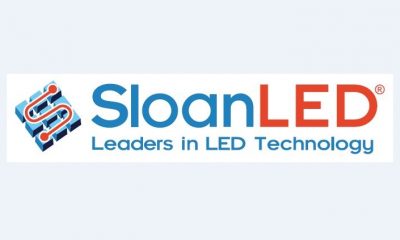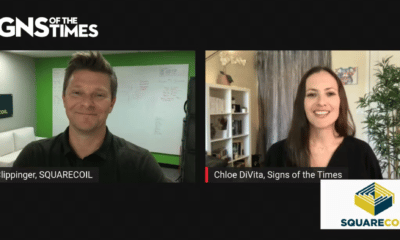The challenges facing sign professionals are as diverse as the range of customer needs. Periodically, special circumstances prompt sign-company managers to call ST and ask about solar-powered lighting for electric signs. One reader recently inquired: "We have a customer who wants to install an illuminated sign on a grassy median in the middle of a public highway. No electrical feed is available there, and the cost to run a feed is astronomical because we have to go through the state highway department. Can you give us some information on solar lighting?" In the past, I've tried to point people in the right direction by referring them to solar-equipment manufacturers or outdoor-advertising companies that sometimes use these systems for remote billboards. Clearly, however, this subject deserves special attention.
After speaking with Steven R. Robbins, president of Solar Electric Power Co. (SEPCO, Stuart, FL), I have a much better understanding of both the possibilities and the limitations of solar signage. At the outset, Robbins emphasizes the fact that solar-power systems for sign illumination aren't intended to compete head-to-head with conventional-power installations. The cost-per-watt of solar-generated power is substantially higher than power-company rates, and this cost goes up in areas that lack strong solar exposures.
In certain cases, however, bringing standard power feeds to rural and other isolated locations can be extremely costly. For example, Martin Media (Paso Robles, CA) wanted to illuminate a billboard along a major highway near Las Cruces, NM (Fig. 1). To install a service drop in this remote, desert area, the power company would have to install 18 miles of poles and overhead cables. Faced with a price quote of $80,000 to complete this work, Martin opted for a solar solution.
Billboard lighting
At a cost of approximately $12,000, SEPCO's solar installation for the Las Cruces board was just 15 percent of the power company's proposal. The lighting system for this 14-by-48-foot board consists of twelve 18-inch-long floodlight fixtures (six on each side) mounted on conduit arms attached to the bottom of the catwalk (Fig. 2). Each fixture contains a 39-watt General Electric Biax® compact-fluorescent lamp (4,100K color temperature). The fixtures are spaced 8 feet apart, and the end fixtures are inset 4 feet from each end of the board.
Compared to conventional lighting, of course, there is a substantial tradeoff in brightness. A 250-watt metal-halide lamp commonly used for billboard lighting has a lumen rating approximately 10 times greater than a solar-operated, 39-watt Biax® lamp. But Robbins points out that a solar system capable of operating standard metal-halide floodlights for a display like the Las Cruces board would cost even more than the power company's quote to install a new service drop.
Advertisement
Because the billboard is isolated in the darkness of the New Mexican desert with no competition from other light sources, however, Martin Media decided that a 10-percent lighting solution would be both adequate and cost-effective. Factoring in the solar system's free electricity (in place of a monthly electric bill), this installation represents a long-term bargain. Plus, outdoor companies can enhance solar-powered lighting by using fluorescent and reflective graphics. Depending on the display's location, relative brightness is the principal factor that determines visibility.
Internal illumination
Having spent several years working outdoors in Florida, I know that the Sunshine State is aptly named. It's no coincidence, then, that solar-powered signage has gained a respectable foothold in the land of beach balls and Buffett. But imagine the sign-mechanic's surprise when opening a cabinet sign to discover four 12-volt "car batteries," assorted jumper cables and a grid of neon tubes. That's one story that I definitely wouldn't want to bring back to the boss. What appears as a Rube Goldberg invention (Figs. 3 and 4) is actually an internally illuminated, solar-powered neon sign for the City of Lakeland, FL. A nearby solar panel generates electricity and charges the batteries inside the sign. The batteries are connected to 12-volt neon transformers that operate the tubing. According to Robbins, given the power limitations of solar systems, neon is a better choice for internal sign lighting because it consumes less power than fluorescent lamps. If this sign did employ fluorescent lighting, it would contain vertical, 4-foot "bi-pin" household-type lamps spaced farther apart than is typical for 120-volt signs. The best applications for solar-powered signs are in remote or inaccessible locations where the customer desires lighting without the expense of a new wiring feed. One example is a post-mounted, directional sign that's installed near a highway junction (Fig. 5). Also, signs on medians, traffic islands, or at entrances to towns or residential developments may be cut off from standard power sources. A customer whose building is set back a substantial distance from the highway may want to identify his roadside entrance with an illuminated sign. Another customer may have an old sign or pole with faulty underground wiring that can't be re-pulled. In this case, the cost to install new conduit and wiring across a long, paved area might be prohibitive. These are situations where solar-powered lighting provides cost-effective solutions.
Naturally, the closer your sign company is to the Sunbelt, the more promising your client's solar options. If you live in Seattle or Boston, the cost for solar lighting increases and efficiency drops compared to sun-drenched cities like Phoenix and Orlando. But in a significant portion of the nation, the solar option is one more tool that helps sign professionals deal with the potpourri of customer requests that defines this business. The ability to offer your customer a lighted sign in an "impossible" location obviously expands your sales potential. If you can say "free electricity," getting the customer's attention shouldn't be a problem.
Source list
Information about solar-lighting systems for signs, and details on planning solar installations are available from the following companies:
Advertisement
SEPCO — Solar Electric Power Co.
Stuart, FL
(772) 220-6615
Fax: (772) 220-8616
E-mail: info@sepconet.com
Internet: www.sepconet.com
Siemens Solar Industries
Camarillo, CA
(805) 482-6800
Fax: (805) 388-6395
E-mail: sunpower@solarpv.com
Internet: www.solarpv.com
Jade Mountain Inc. (Solar software)
Boulder, CO
(800) 442-1972
Fax: (303) 449-8266
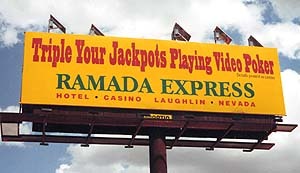

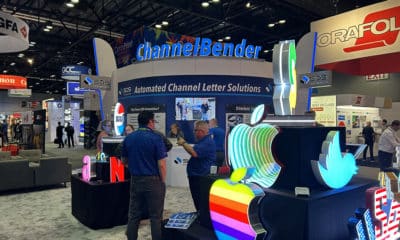
 Photo Gallery5 days ago
Photo Gallery5 days ago
 Tip Sheet2 weeks ago
Tip Sheet2 weeks ago
 Ask Signs of the Times1 week ago
Ask Signs of the Times1 week ago
 Paula Fargo3 days ago
Paula Fargo3 days ago
 Real Deal2 weeks ago
Real Deal2 weeks ago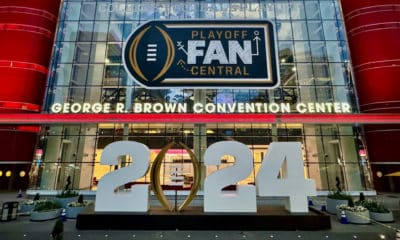
 Benchmarks1 week ago
Benchmarks1 week ago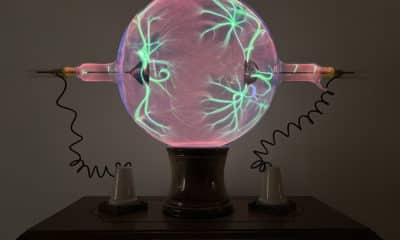
 Photo Gallery3 days ago
Photo Gallery3 days ago
 Women in Signs2 weeks ago
Women in Signs2 weeks ago